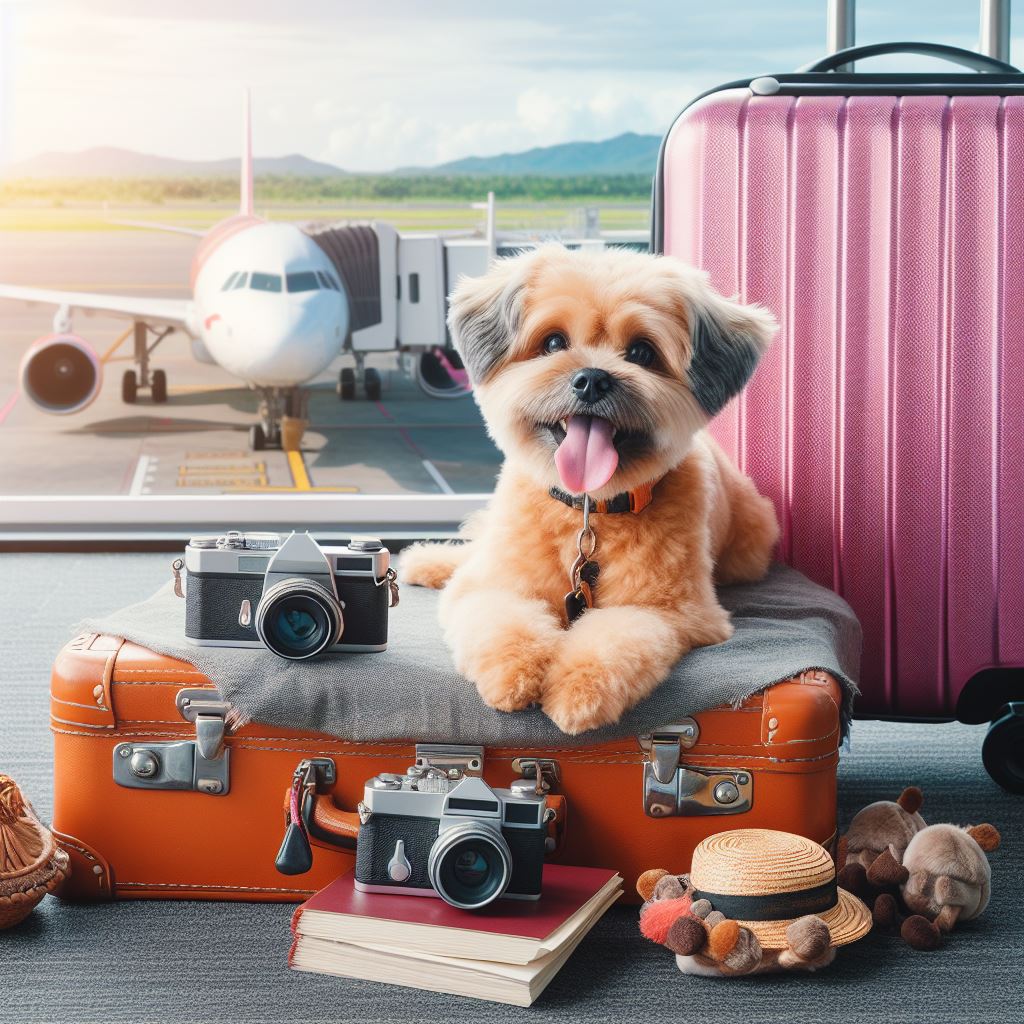For many pet owners, the idea of leaving their furry companions behind while venturing abroad is simply unthinkable. The good news is, with careful planning and preparation, you can take your pet on an international adventure, ensuring a smooth and comfortable journey for both of you.
This guide will equip you with the essential tips to navigate the process, from understanding import regulations to creating a stress-free travel experience for your precious pet.
Understanding Destination Regulations
Every country has its own regulations regarding the entry of pets. This is the most crucial first step. In-depth research into the specific requirements of your chosen destination is paramount. Key areas to investigate include:
- Vaccinations and Health Certificates: Most countries require pets to be up-to-date on vaccinations like rabies and distemper. You’ll also likely need an official health certificate issued by a licensed veterinarian, often requiring blood tests or parasite treatments.
- Microchipping: Microchipping your pet is not only a responsible practice but can also expedite the entry process in many countries.
- Import Permits: Some countries may require an import permit for your pet. Contact the embassy or consulate of your destination well in advance to inquire about the specifics.
Pro Tip: Utilize the website of the U.S. Department of Agriculture’s Animal and Plant Health Inspection Service (APHIS) https://www.aphis.usda.gov/pet-travel for a starting point. They offer a helpful tool to search for specific country requirements.
Consulting Your Veterinarian: A Health Checkup is Essential
Schedule a visit with your veterinarian well in advance of your trip. Discuss your travel plans and ensure your pet is healthy enough for air travel. Your veterinarian can:
- Review your pet’s vaccination history and recommend any boosters needed.
- Provide guidance on parasite prevention medications.
- Issue the required health certificate, ensuring it complies with your destination country’s regulations.
- Discuss options for managing travel anxiety, if necessary.
Pro Tip: Consider consulting a veterinarian specializing in travel medicine for comprehensive advice.
Choosing the Right Carrier: Comfort and Security for Your Pet
The pet carrier will be your pet’s home away from home during travel. Here’s what to consider:
- Size: Select a carrier that allows your pet to stand up, turn around comfortably, and lie down. Double-check airline size restrictions beforehand.
- Ventilation: Opt for a carrier with proper ventilation on all sides to ensure good air circulation.
- Material: A sturdy and secure carrier made from washable materials is ideal. Consider a soft-sided carrier for smaller pets and a hard-sided option for larger ones.
- Familiarity: Introduce your pet to the carrier well before your trip. Make it a positive experience by placing familiar items like bedding and toys inside.
Pro Tip: Practice short car rides with your pet in the carrier to help them acclimate to the environment.
Planning for Comfort: Pack Smart for Your Pet’s Needs
Here’s a checklist of essentials to pack for your furry friend:
- Food and Water: Pack enough familiar food and bottled water for the entire journey, with a little extra in case of delays.
- Food and Water Bowls: Collapsible bowls are a space-saving option.
- Leash, Collar, and ID Tag: Ensure proper identification with a collar and ID tag with current contact information.
- Medications: Pack any medications your pet requires throughout the trip in their original labeled containers.
- Waste Disposal Bags: Always be a responsible pet owner and pack enough waste disposal bags for any potty breaks.
- Favorite Toys and Treats: Familiar items can provide comfort and reduce stress for your pet.
- Bedding and Blanket: A familiar blanket or small bed will create a sense of security in the carrier.
- Recent Photo: A recent photo of your pet can be helpful in case of identification needs.
Pro Tip: Clearly label all your pet’s belongings to avoid confusion.
Minimizing Travel Anxiety: Keeping Your Pet Calm
Traveling can be stressful for pets. Here are some tips to manage their anxiety:
- Exercise Your Pet Before Travel: A good walk or playtime can help tire your pet out and make them feel calmer during the journey.
- Calming Aids: Discuss options with your veterinarian regarding calming aids or pheromone sprays that can create a relaxing environment.
- Maintain a Calm Demeanor: Your pet picks up on your emotions. Project calmness and reassurance throughout the


